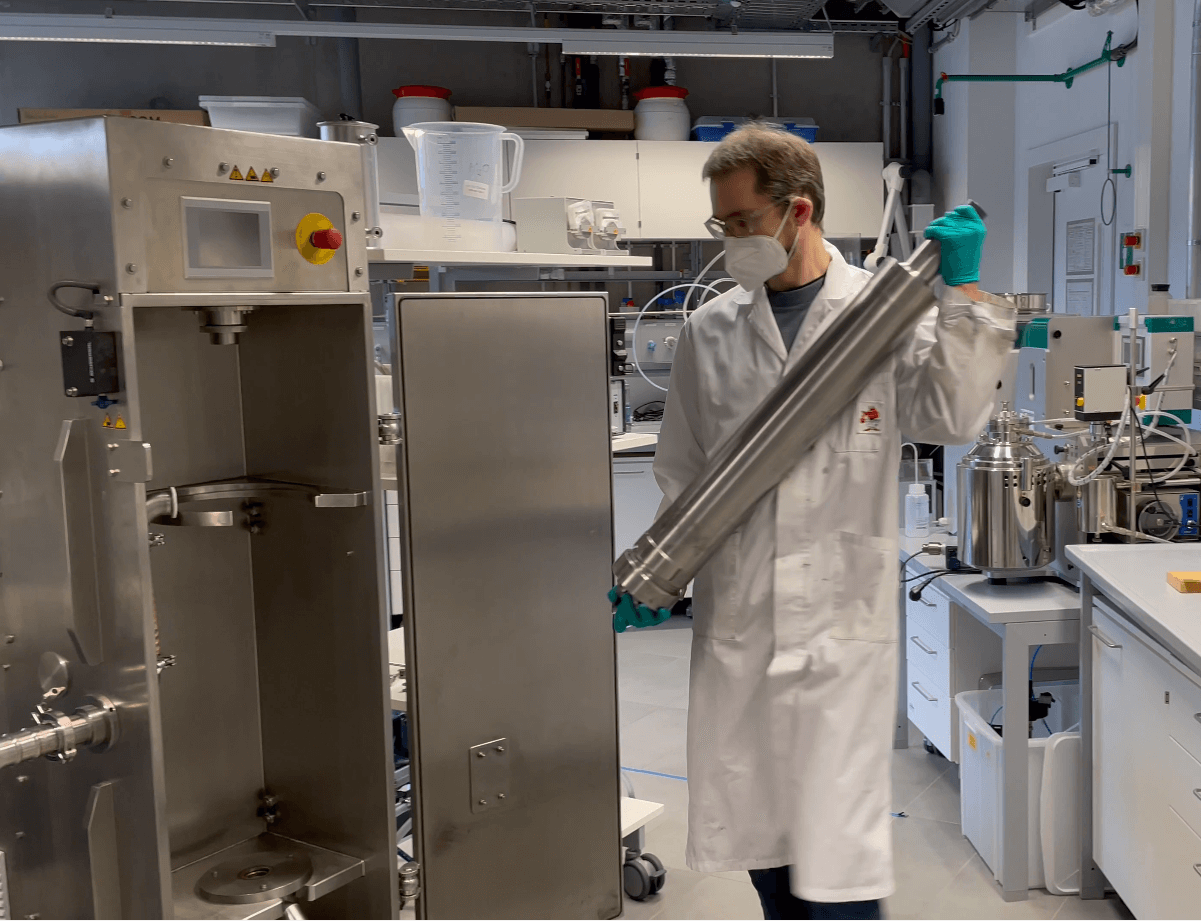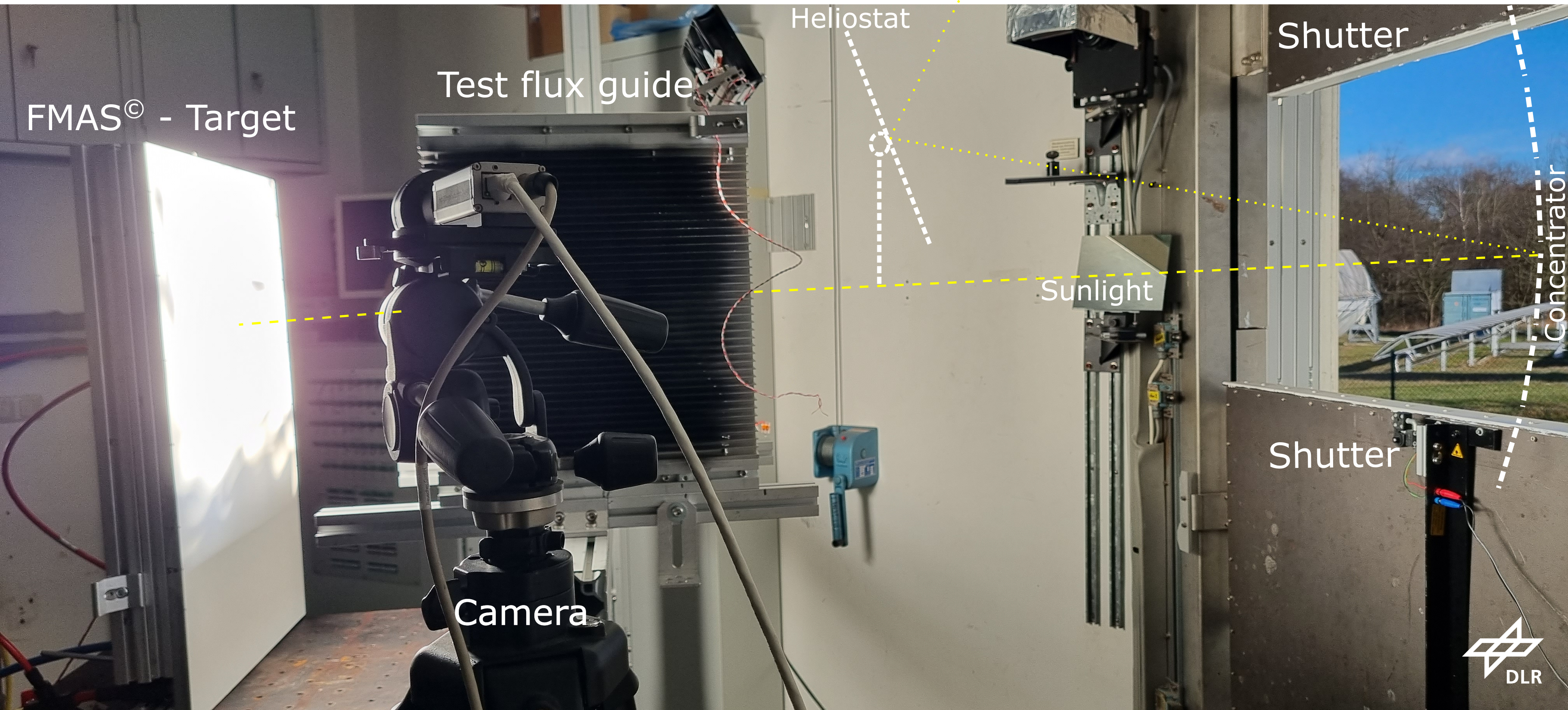Working together on the basic components of the photonic device to reach the overall goals
Over the last months, the Spotlight consortium has been working on the basic components of the photonic device and the overall process. During mostly online meetings, experts from the involved partners exchanged ideas in how to reach the overall goals of Spotlight with greatest impact. The topics reviewed span from techno-economics, materials chemistry, process chemistry, optics and health & safety analysis. All the steps and components involved are indicated in the figure above, illustrating the conversion of CO2 with (green) hydrogen to CH4 or CO with water as a side product.
- In the first phase of the project, detailed scenario’s were discussed to allow the most efficient use of all components. Thermodynamic modelling was applied to further analyses the expected performance of the photonic device. Other aspects reviewed were the safety aspects of all the components, as well as the market situation and financial aspects for the gasses involved: carbon dioxide (CO2), hydrogen (H2), methane (CH4) and carbon monoxide (CO).
- Next, the transparent flow reactor was evaluated, focused on creating beneficial environment for the catalyst to function properly. This includes steering the gas input pressure and composition, allowing light to reach the catalyst and creating a safe operating environment.
- Light input required was specified, primarily by the sun. To this purpose, the use of suitable secondary optics was reviewed, able to couple the concentrated sunlight into the reactor up to 20 kW/m2. Beam shaping and ensuring homogeneous distribution of the light is key.
- Power-efficient, artificial lighting was the next important component to run the reactions. It is a vital component to allow operation of the photonic device at times solar power does yield enough energy to operate efficiently. The high power light emission (up to 20 kW/m2) should therefore match the catalyst light absorption for optimal results.
- Finally, the photo catalyst, utilizing solar or artificial light to allow the conversion of CO2to occur, was specified. Two cases are considered within Spotlight, the Sabatier reaction (CO2 to CH4) and reverse water gas shift reaction (CO2 to CO for industrial purposes). Reaction conditions and maximum operating efficiency are important to maximize the efficiency. In addition, smart choices with respect to the scale up to kilogram (kg) level were made.
With the basic specifications of all the components in place, the next phase will elaborate on the detailed design of all the components. Once established, the integration process will be starting, ensuring a synergetic functioning of these components.





